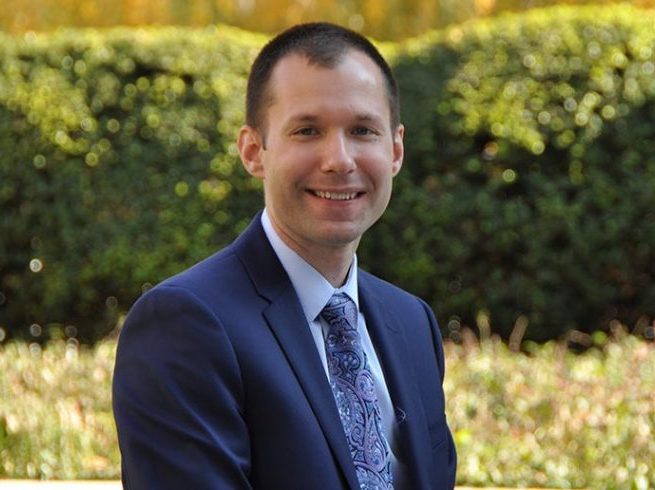By Joe O’Brien

LONDON — If you look closely enough, you can see the millions of little vibrations that give a city its rhythm. In the creeping hours of the morning, commuters trudge from (waking streets to bustling platforms to silent train cars, and to the responsibilities that either make them hopeful for the future or simply fill them with a foreboding sense of misery.)
Come mid-day, the shuffling herds of tourists have emerged from their jet-lag and food-induced slumbers. From aching foot to aching foot, they slowly cross the crowded streets — pilgrims looking to transform themselves through the wisdom and pleasures of the city.
As the sun recedes, young students and professionals escape into the unforeseen adventures of the night in hopes of staving off the responsibilities of the day just a little while longer.
While these movements are the most visible rhythms of a city, they are by no means the only one. If you scan beyond the margins and look in plain sight on the street corners and under the overhangs of buildings, you will find others. In London, they are called “rough sleepers.” In New York, we know them as “the homeless.”
I have the good fortune of residing in Chelsea, where the streets are lined with Bentleys, townhouses worth several million pounds and the young fur-clad wives of Russian oilmen that still remember the Khrushchev era. However, rough sleepers also make their home here and, just like their super-posh neighbors, play a part in the neighborhood’s daily rhythm. Early in the morning or late at night, you will find them taking shelter underneath the over-hang of the Chelsea Fire Station on King’s Road. Here, they keep the few remaining trappings they have of domestic life: a cardboard mattress, some ragged sheets, patchy outfits and backpacks holding all of their personal possessions, along with the few reminders of their life before the streets. During the day, they leave their wall-less homes behind and wander in search of sustenance and a way to move forward. This often leads them to the begging spots and gathering places in front of the local Tesco Express, on the benches of Dovehouse Green, in the entry way to South Kensington Station or the major pedestrian thoroughfare of Gloucester Road.
Some utilize the tried and true “Spare some change?” while others employ more elaborate heart-wrenching lines, like the desperate moan of “please!” evoking the helplessness and fear of a lost child. I have often heard this cry, from the wind-swept walkway of the Millennium Bridge, to the bustling crowds on Fulham Road. I have felt it ring in my ears long afterwards. Its pervasiveness hints that it might be a learned behavior, a sort of begging practice.
Perhaps it’s passed on in the commiserations they share with their brethren as they prepare for a long and uncertain night on the street. For even though they may be relegated beyond the margins of London society, they still form bonds with others and learn just like you, me and the other eight million people that call London, or New York, their home.
No matter the differences between cities or cultures, some things remain constant. Though the rhythms of our individual and communal lives may be distinguished by culture, wealth or social standing, those rhythms are not fundamentally different. Though our patterns may end in different places, throughout the process, we try, with varying degrees of success, to determine and ultimately bring ourselves to where we want to end up each day and the many days afterwards. This is easier for some than others for many reasons that should be explored another time. For now, it will suffice to understand this about ourselves and those beyond the margins, as it is the only way to really break out of the narrow bubble of our experience and to see each other for what we really are underneath our pomp and seeming respectability.






































































































































































































